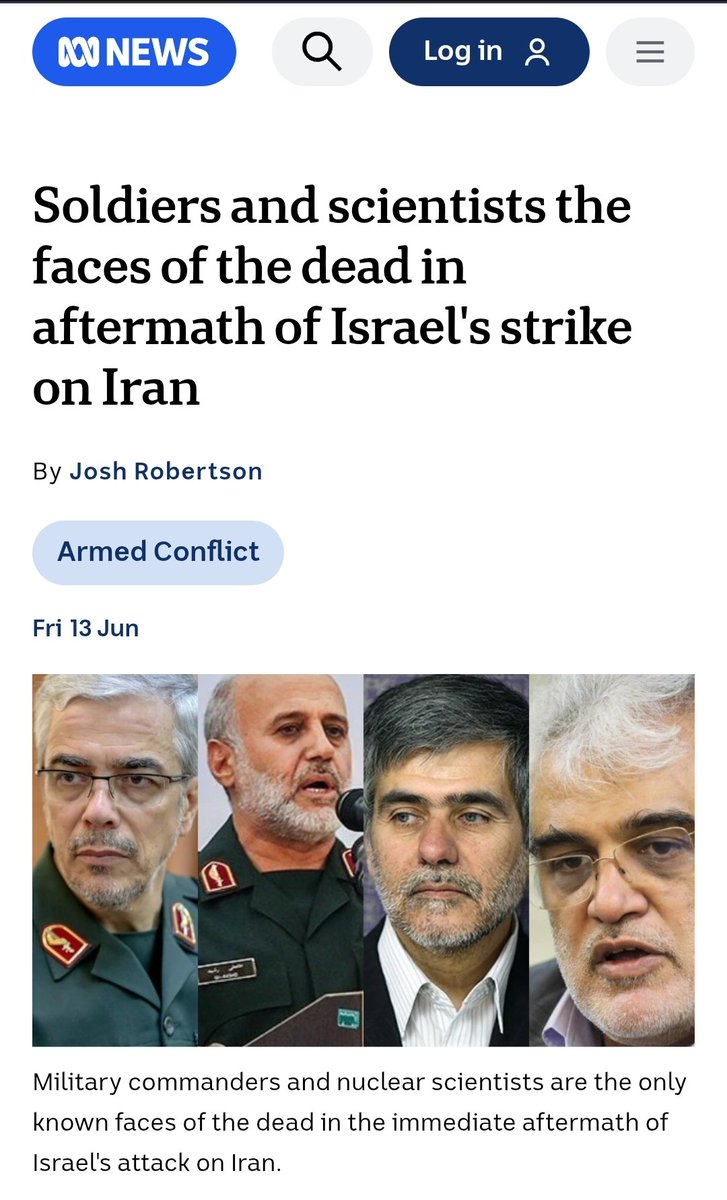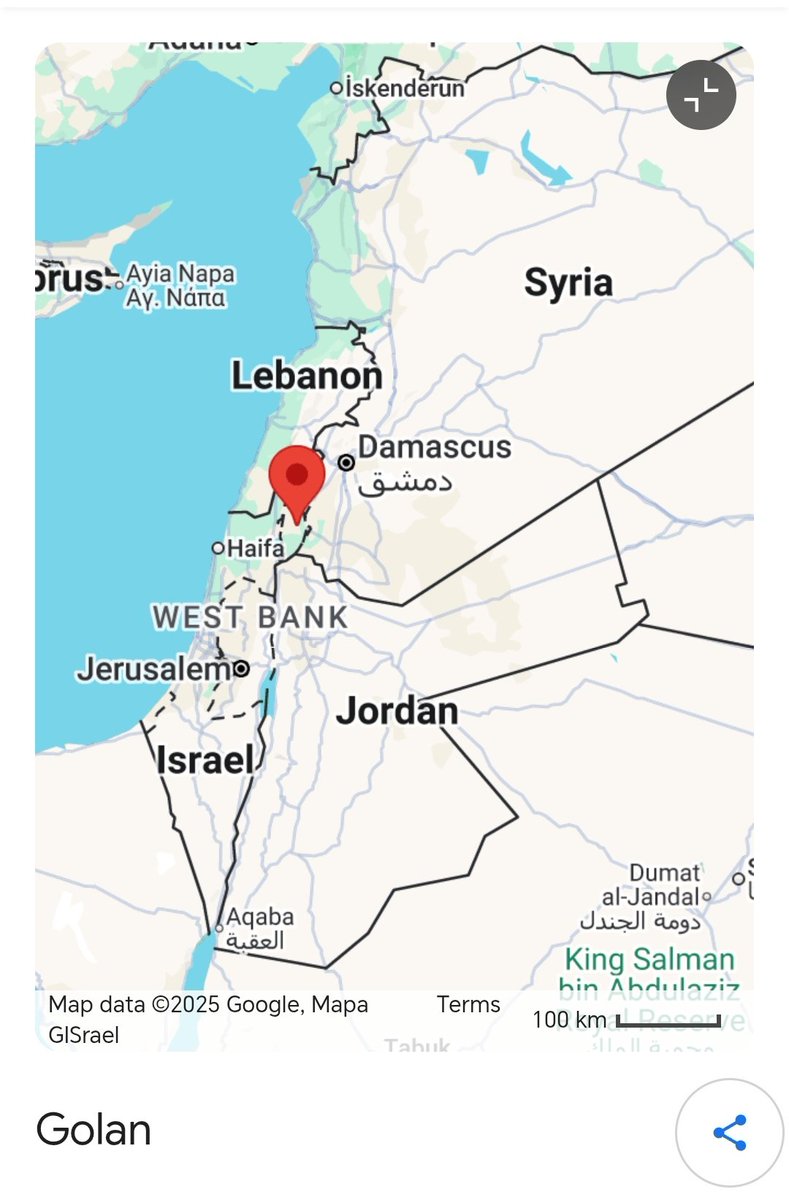War crime in the name of democracy... again and again...
https://twitter.com/iact133119x2001/status/1295306062644445184
Meanwhile China is building railways and other essential infrastructure in 3rd world countries under its #BeltRoad initiative, a project while USA does everything it can to destroy.
https://twitter.com/PandemicTruther/status/1287851958573948928?s=19
Current world geopolitics is hijacked by the subterfuge of language purposefully designed by western murderous ruling elite. How about calling the US destructive murderous imperialism and China infrastructure global reach? That's certainly a more
truthful depiction of reality.
truthful depiction of reality.
Large scale US/Nato war crimes over decades rendered possible by organized media collusion. Labeling repackaging marketing wars in lofty humanitarian ideals is the secret.
https://twitter.com/Louis_Allday/status/1295340750264250370?s=19
• • •
Missing some Tweet in this thread? You can try to
force a refresh







